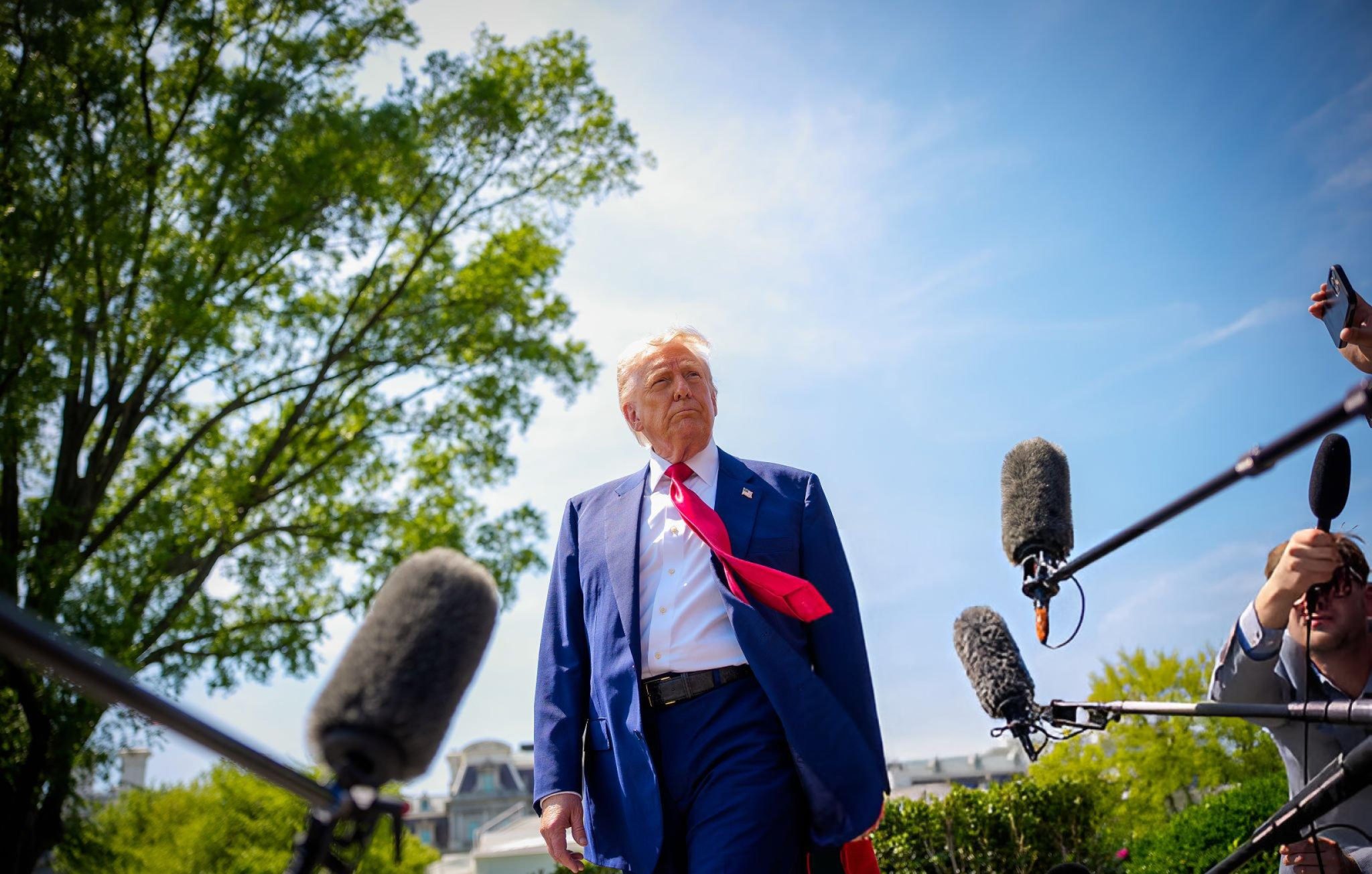The United States and Ukraine have signed a landmark economic agreement that includes access to critical minerals, signalling a potential thaw in previously frosty relations between Presidents Donald Trump and Volodymyr Zelensky. The deal, finalised late on Wednesday, follows weeks of tense diplomatic manoeuvring and a significant concession by Mr Trump, who had previously demanded a form of compensation for continued American support.
The newly formed United States–Ukraine Reconstruction Investment Fund was announced by the US Treasury as a major step towards Ukraine’s long-term economic recovery. Ukrainian Prime Minister Denys Shmyhal hailed the agreement as “a truly equal and good international deal,” while the country’s economy minister, Yulia Svyrydenko, praised the accord on social media, crediting it to the leadership of both presidents.
“Thanks to the leadership and agreements between President Volodymyr Zelenskyy and President Donald Trump, Secretary of the Treasury Scott Bessant and I signed the agreement to establish the Reconstruction Investment Fund,” she posted on X (formerly Twitter). “This document is capable of delivering success for both our countries – Ukraine and the United States. God bless Ukraine and God bless the United States of America.”
The fund will focus on unlocking Ukraine’s vast reserves of natural resources – including rare earth minerals – and rebuilding essential infrastructure destroyed during more than three years of conflict following Russia’s full-scale invasion.
In a post on X early Thursday, UK Foreign Secretary David Lammy welcomed the development. “The UK welcomes steps taken by the US and Ukraine to sign an economic partnership,” he wrote. “Our support for Ukraine remains steadfast. With our 100-year partnership, we are deepening economic and security ties for the future generations of both of our countries.”
US Treasury Secretary Scott Bessant stated the agreement would enable Washington to invest directly alongside Kyiv. “This partnership allows the United States to invest alongside Ukraine, to unlock growth assets, and to mobilise American capital, talent, and governance standards to improve Ukraine’s investment climate,” he said in a video message.
While many see the agreement as a strategic win for Ukraine, it also reflects a key concession from Donald Trump, who had previously insisted that the US should receive compensation for its extensive military and financial assistance to Kyiv. Speaking to US outlet NewsNation on Wednesday evening, Mr Trump said: “In theory, the deal means the US will get more from Ukraine than it contributed. I wanted to be protected. I didn’t want to be looking foolish.”
The breakthrough follows an unexpected meeting between Trump and Zelensky at Pope Francis’s funeral in Rome last weekend – their first encounter since a fractious Oval Office meeting earlier this year that saw tensions rise over Trump’s demands for mineral rights.
David Lammy remarked earlier this week that the Vatican meeting was “indicative” of the growing momentum behind ceasefire talks. “All attempts are going in to get the ceasefire,” he told the House of Lords International Relations and Defence Committee.
Zelensky also met Labour leader Sir Keir Starmer and French President Emmanuel Macron in Rome, fuelling speculation that a multilateral diplomatic push is underway. According to Mr Lammy, Starmer and Macron have “done a lot of the heavy lifting” to bring major powers together.
It remains to be seen how the deal will be received by other NATO partners, many of whom are wary of Trump’s transactional approach to diplomacy. However, Ukrainian officials are hailing the agreement as a major success, viewing it as a pathway to securing further military and reconstruction support from Washington.
As Ukraine continues its fight for sovereignty and economic stability, this deal may serve as a critical turning point – one that blends geopolitical necessity with a pragmatic compromise from both sides.






